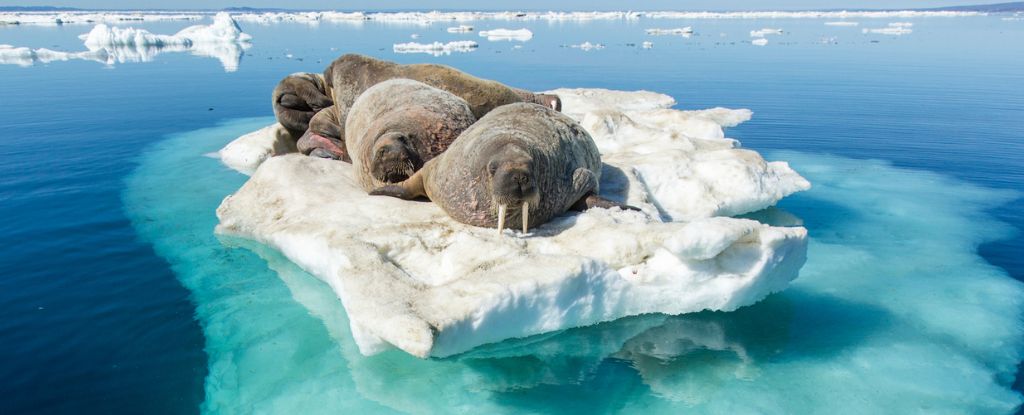
More than 1,000 artificial intelligence experts have joined a call for an immediate pause on the creation of “giant” AIs for at least six months, so the capabilities and dangers of systems such as GPT-4 can be properly studied and mitigated.

Releasing 1000 gigatons of carbon into the atmosphere will cause the southern portion of the ice sheet to melt. If it melts entirely, global sea level would rise about 7 meters. We've emitted about 500 gigatons of carbon already.

The mass fish death is the latest illustration of how climate change is combining with mismanagement to blight Australia’s fragile environment.

Almost no area of land on Earth has levels of air pollution deemed safe by the World Health Organisation, a new study has found.

Plastic pollution in the world's oceans has reached "unprecedented levels" over the past 15 years, a new study has found, calling for a legally binding international treaty to stop the harmful waste.

Even if we manage to stabilize Earth's temperatures by peaking at 2 °C, Greenland's and Antarctica's vast ice sheets are on track for irreversible melting, a new study warns.

A new U.S. study released earlier this month reports on a worrying link between higher levels of air pollution and faster bone loss through osteoporosis

In the southern hemisphere summer of 2022, the amount of sea ice dropped to 1.92m sq km on 25 February – an all-time low based on satellite observations that started in 1979.

In 2021, a global assessment found a shocking one-third of all tree species are currently teetering on the edge of existence. The extinction of a single species can cause a massive domino effect.

Two groundbreaking reports offer insights into successes and challenges over the past three years—and make recommendations for how leaders can mitigate tragedies of this magnitude in the future.

A team at the University of British Columbia says brain scans show increased impairments in brain function after exposure to traffic pollution. In fact, signs of decreased brain function can start to appear in as little as two hours.

The people who run the clock say that’s largely a reflection of Russia’s war in Ukraine — including of the potential use of nuclear weapons and because the conflict is encouraging continued dependence on fossil fuels in Europe.

Higher consumption of ultra-processed foods may be linked to an increased risk of developing and dying from cancer, an observational study suggests.

The average brightness of the night sky is increasing by 10% every year, making the stars less visible and impacting wildlife.

Ocean heat, a strong marker of climate change, reached a record high in 2022, helping to explain the ever-escalating pattern of extreme weather events of late.